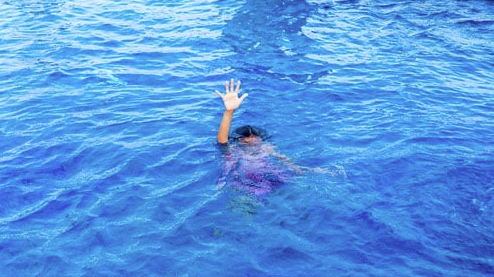

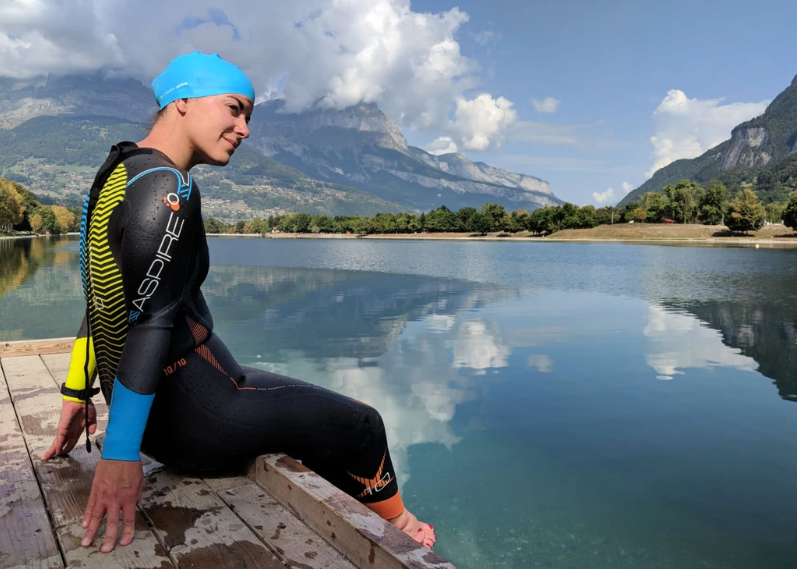
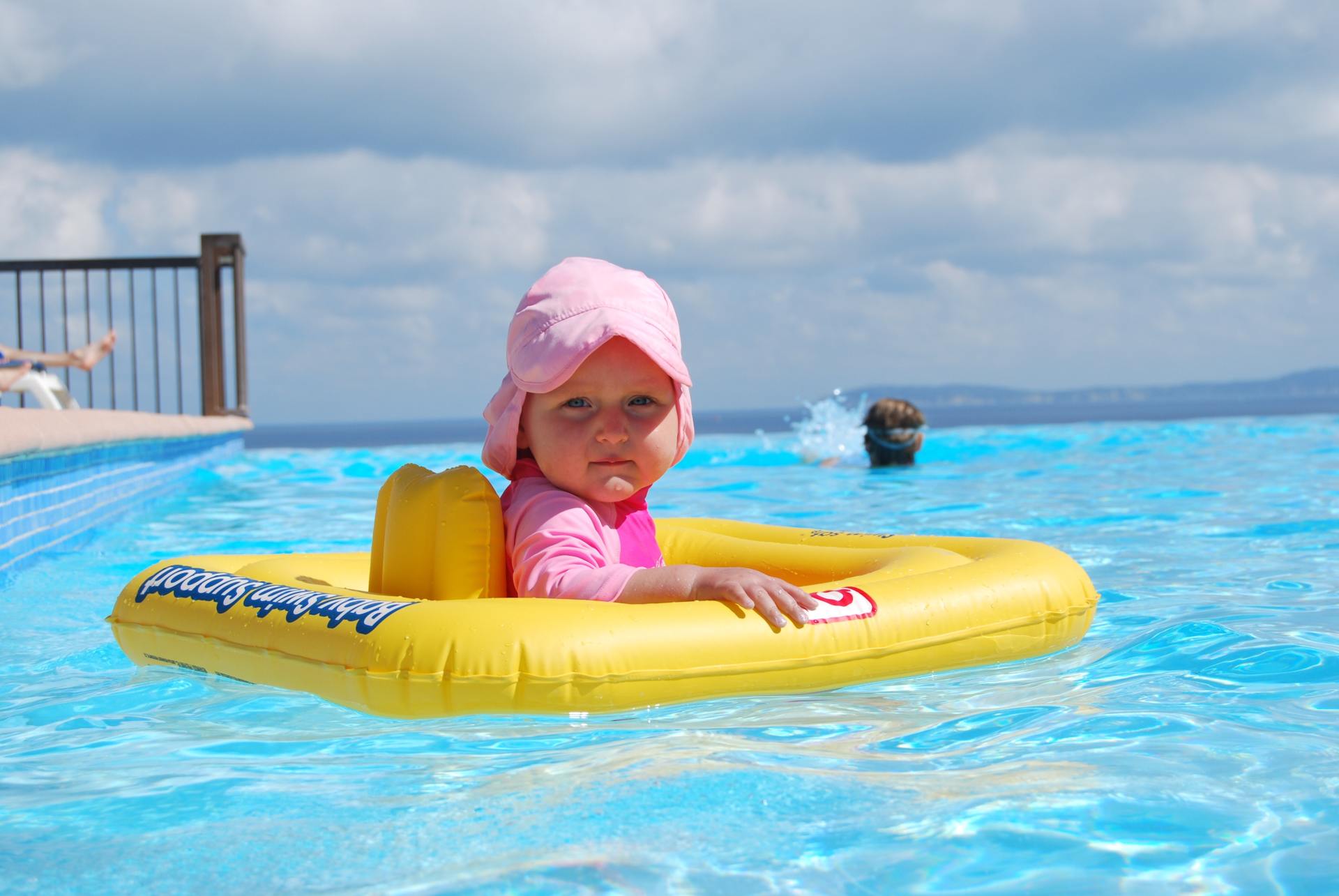
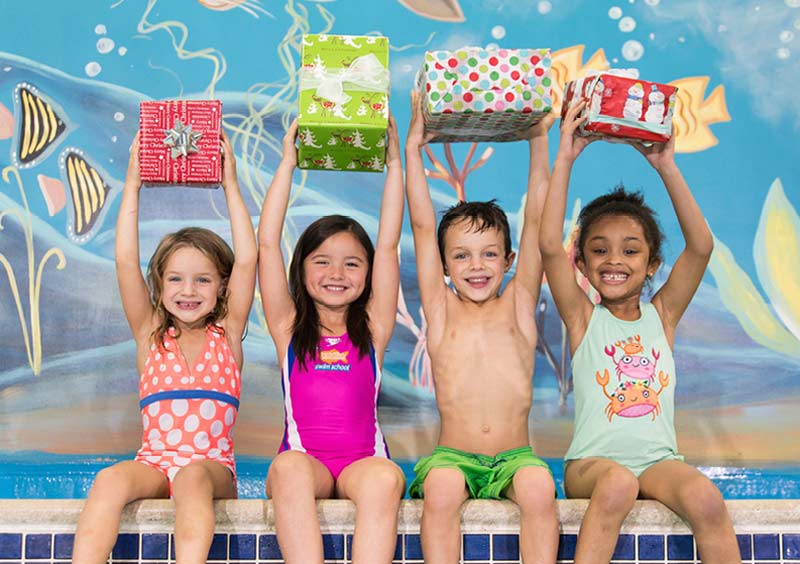

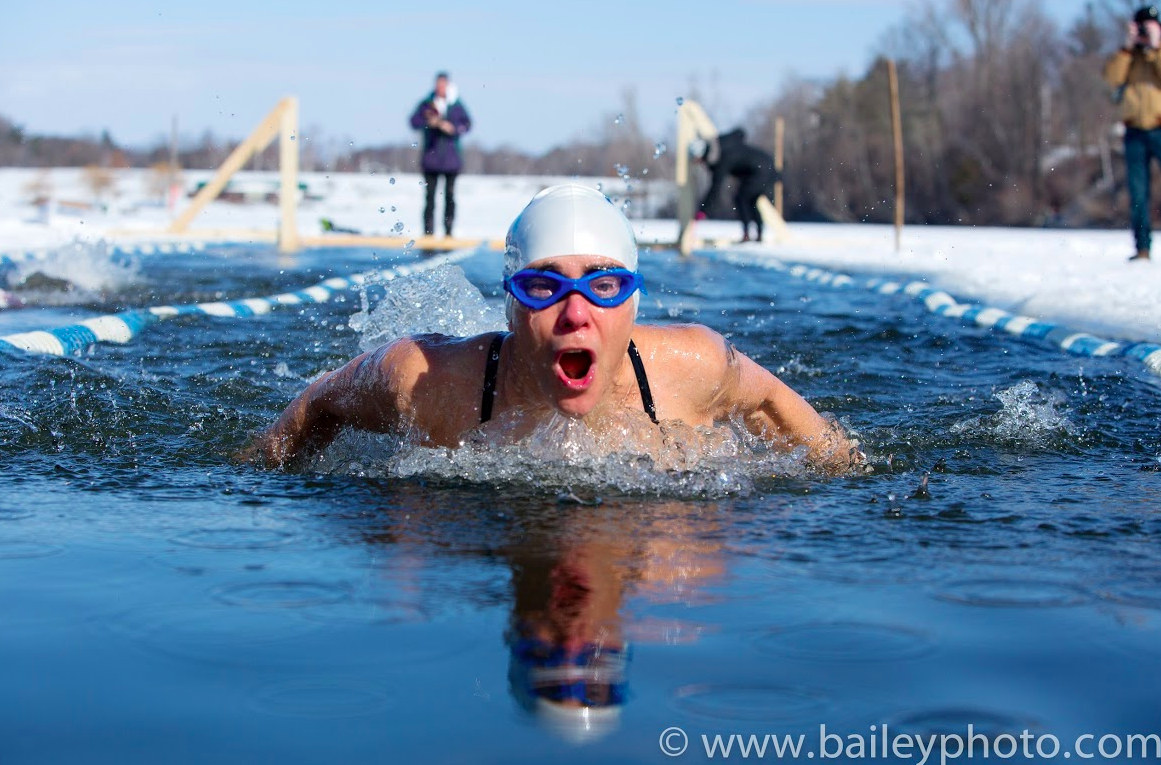

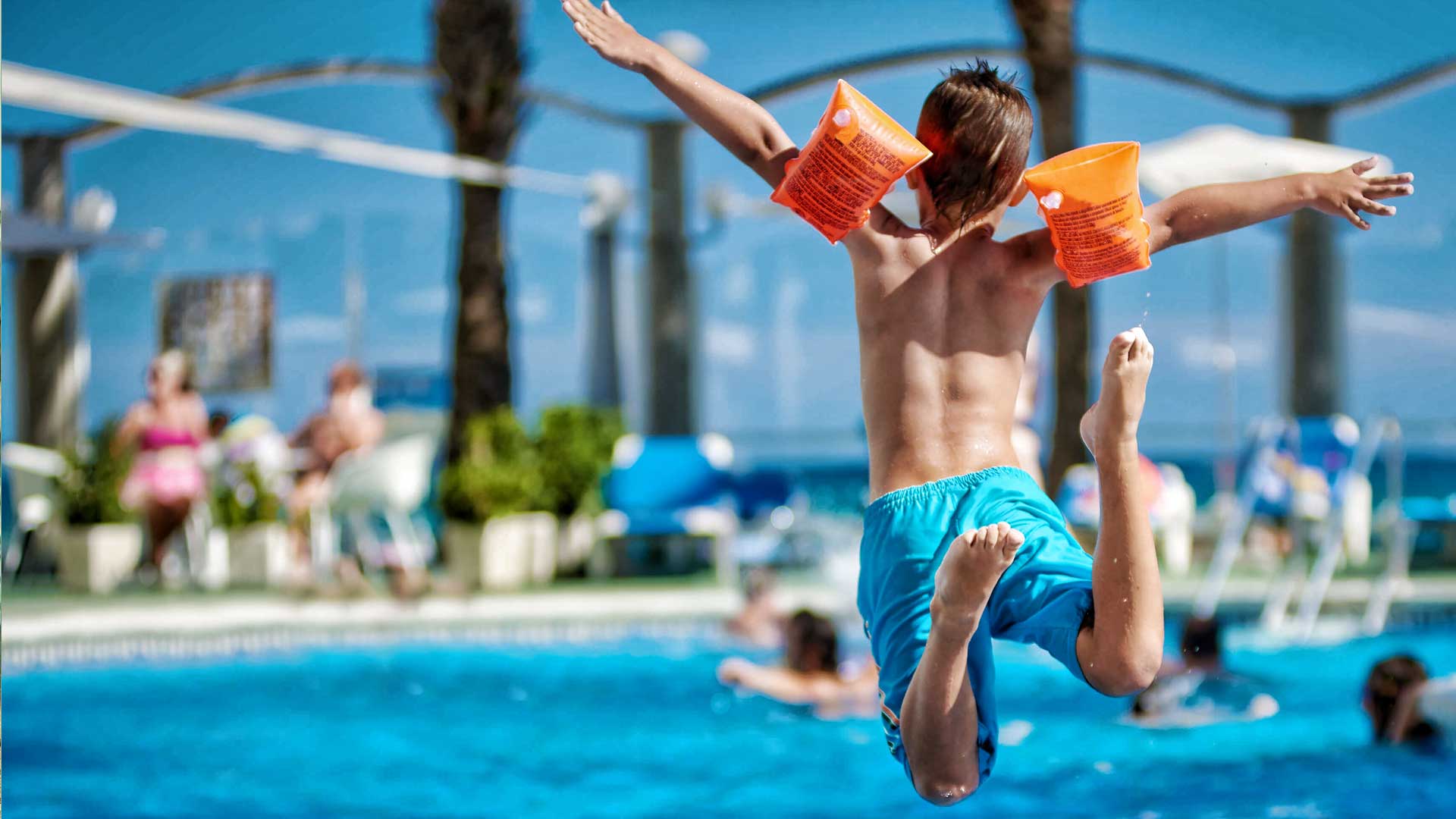
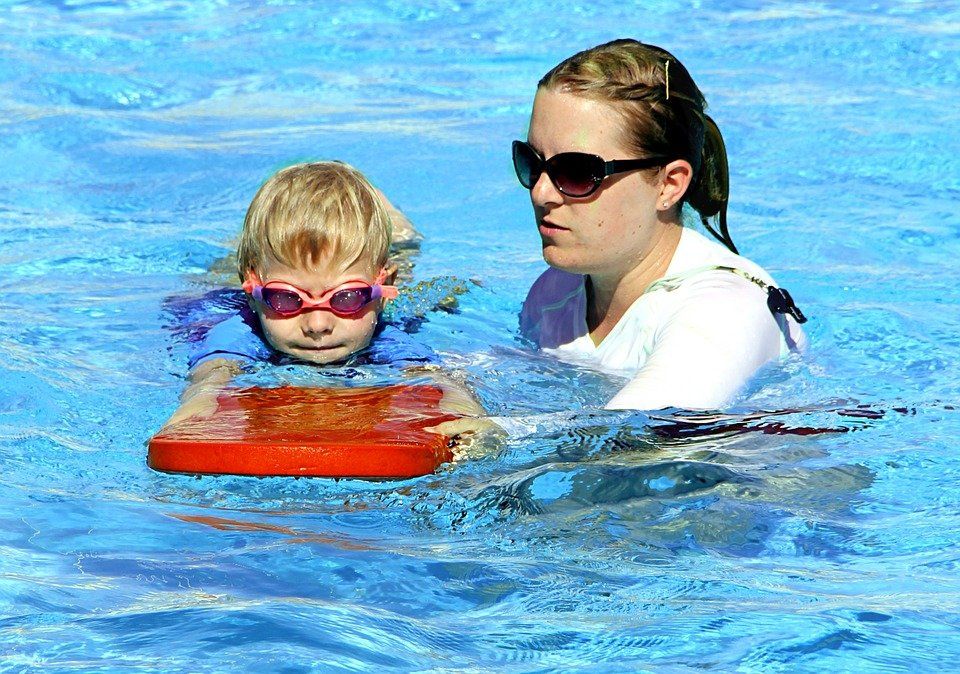
As the last month of the summer in July, it often means pool parties, beach days, backyard BBQ’s and spending time with friends and family. To get your little ones excited for a day of festivities, we’ve put together a list of water games that are perfect for your young swimmers!
Pool Games 1: Sharks And Minnows
The all-time classic pool game for a group of swimmers! The objective: don’t get tagged by the shark. For new swimmers, stay in the shallow end. For more advanced swimmers, venture into the deep end.
Pick someone to be the shark, who will then swim around and try to tag all the minnows. Once a minnow is tagged, that person also becomes a shark. The last minnow remaining is the winner!
Pool Games 2: What Time Is It, Mr. Fox?
Choose one person to be Mr. Fox and stand at one end of the pool. The other swimmers wait at the opposite end of the pool and yell, “What time is it, Mr. Fox?” Mr. Fox yells out a time, which tells the other swimmers how many steps to take (ex. 6:00 means six steps).
Choose one person to be Mr. Fox and stand at one end of the pool. The other swimmers wait at the opposite end of the pool and yell, “What time is it, Mr. Fox?” Mr. Fox yells out a time, which tells the other swimmers how many steps to take (ex. 6:00 means six steps).
Pool Games 3: Kickboard Battle
This is a great game to practice kicking strength! Choose two players to start on either side of a kickboard. Both players kick their hardest to try and move their opponent backwards. The winner is chosen once an opponent has been pushed back 2-3 feet in the pool.
Pool Games 4: Quick Jump Quiz
Choose one person to be the Quizmaster, while the rest of the kids line up along the pool. Make sure the pool is deep enough to jump into. The Quizmaster will ask a question to one person at a time, such as “What color is the sky?” or “Who was the first president?” The person answering must answer the question as they jump into the pool, before they touch the water. The game becomes more fun as the questions get harder!
Pool Games 5: Ice Cube Hunt
This game is perfect for young swimmers or for smaller pools. Drop large ice cubes into the shallow end of the pool. Have the swimmers try to collect the most ice cubes before they melt! The swimmer with the most ice cubes wins.
As you prep for your festivities, remember to practice swim safety at all times.
Have a safe, fun and splash-filled summer! 😎









